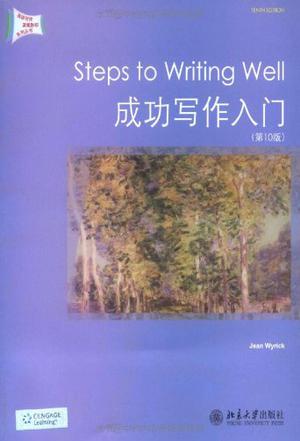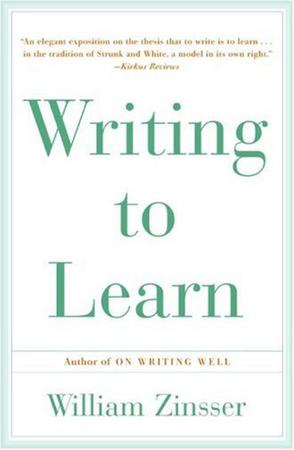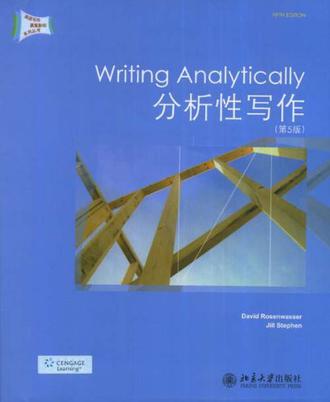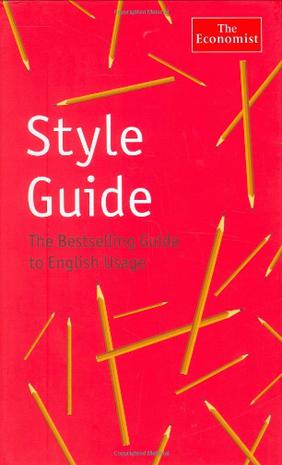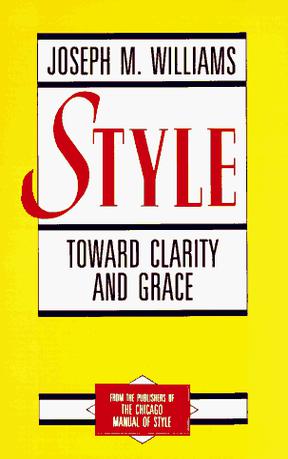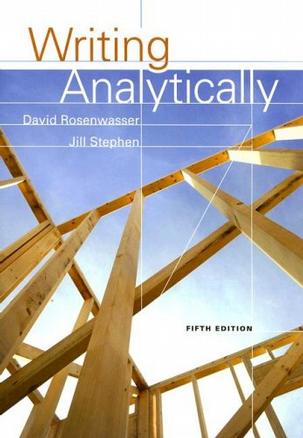The Economist Style Guide
The Economist
Rare is the style guide that a person--even a word person--would want to read cover to cover. But The Economist Style Guide, designed, as the book says, to promote good writing, is so witty and rigorous as to be irresistible. The book consists of three parts. The first is the Economist's style book, which acts as a position paper of sorts in favor of clear, concise, correct usage. The big no-noes listed in the book's introduction are: "Do not be stuffy.... Do not be hectoring or arrogant.... Do not be too pleased with yourself.... Do not be too chatty.... Do not be too didactic.... [And] do not be sloppy." Before even getting to the letter B, we are reminded that aggravate "means make worse, not irritate or annoy"; that an alibi "is the proven fact of being elsewhere, not a false explanation"; and that anarchy "means the complete absence of law or government. It may be harmonious or chaotic."
Part 2 of the book describes many of the spelling, grammar, and usage differences between British and American English. While many Briticisms are familiar to most Americans and vice versa, there are some words--such as homely, bomb, and table--that take on quite different meanings altogether when they cross the Atlantic. And part 3 offers a handy reference to such information as common business abbreviations, accountancy ratios, the Beaufort Scale, commodity-trade classifications, currencies, laws, measures, and stock-market indices. The U.S. reader should be aware (but not scared off by the fact) that some of the style issues addressed are specifically British. --Jane Steinberg --This text refers to an out of print or unavailable edition of this title.
